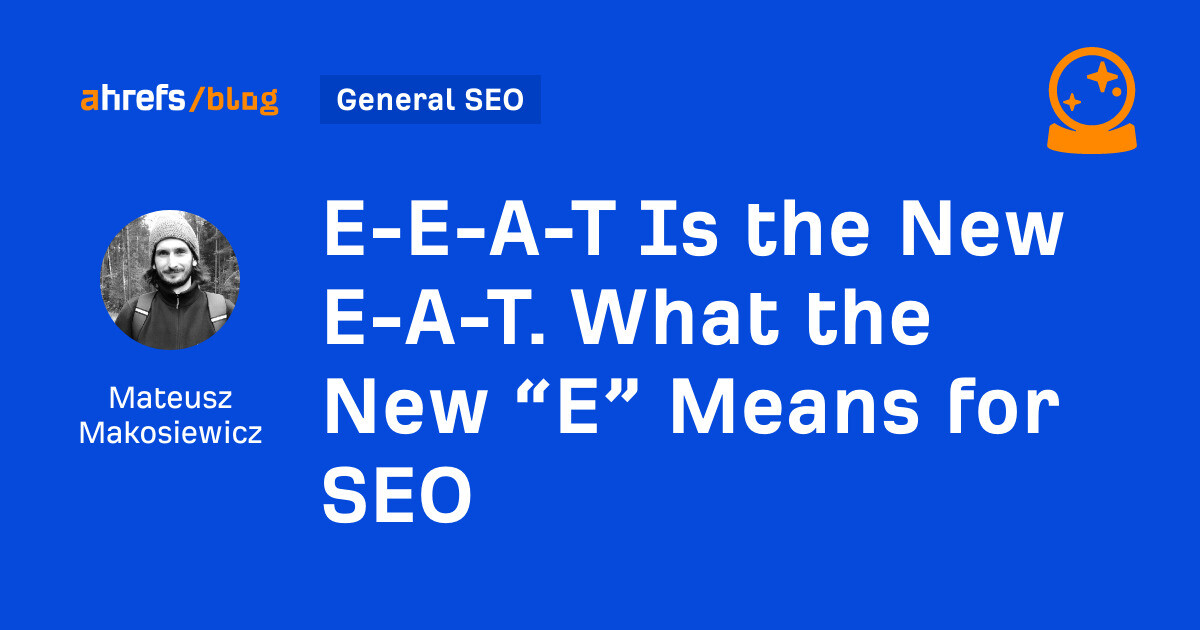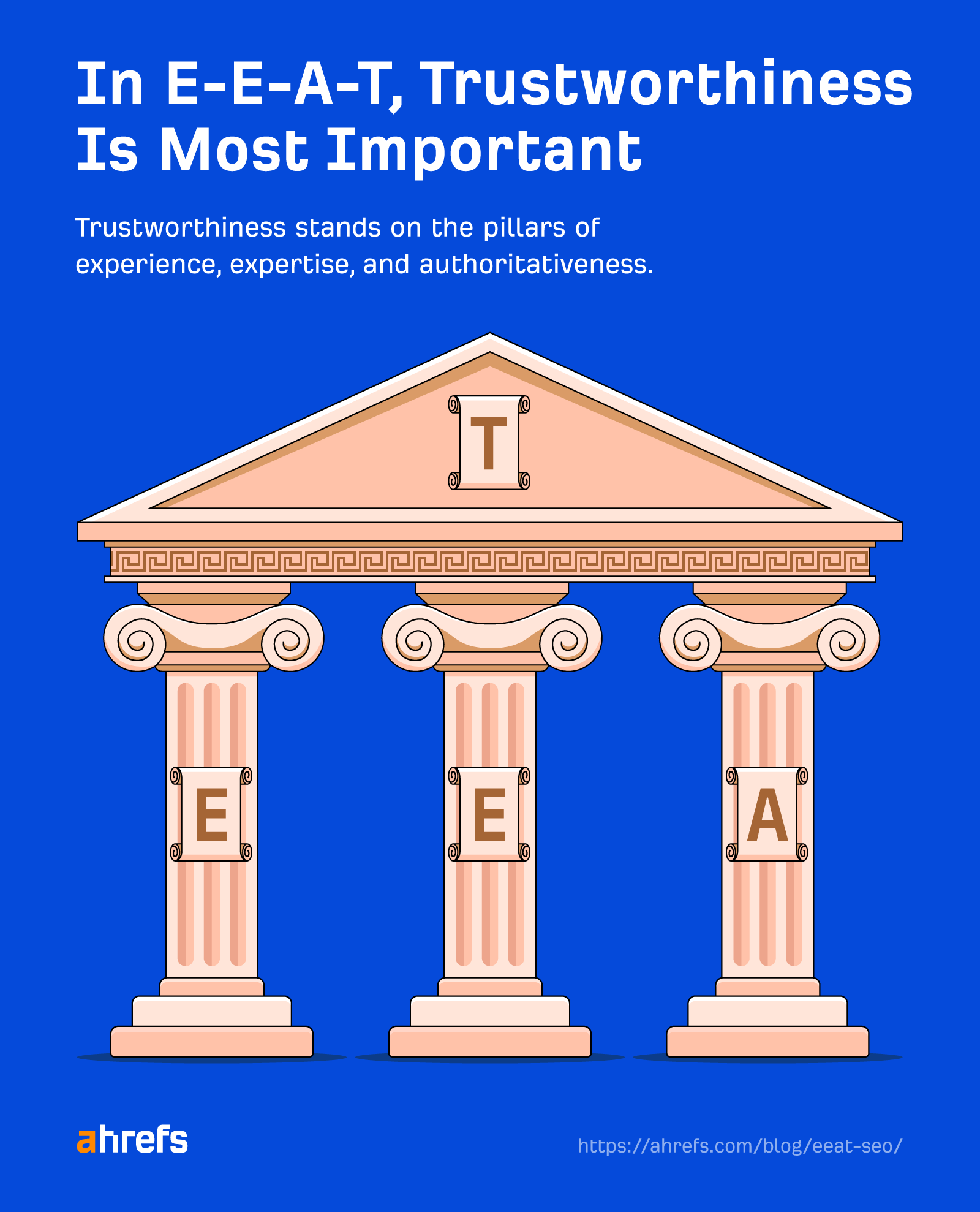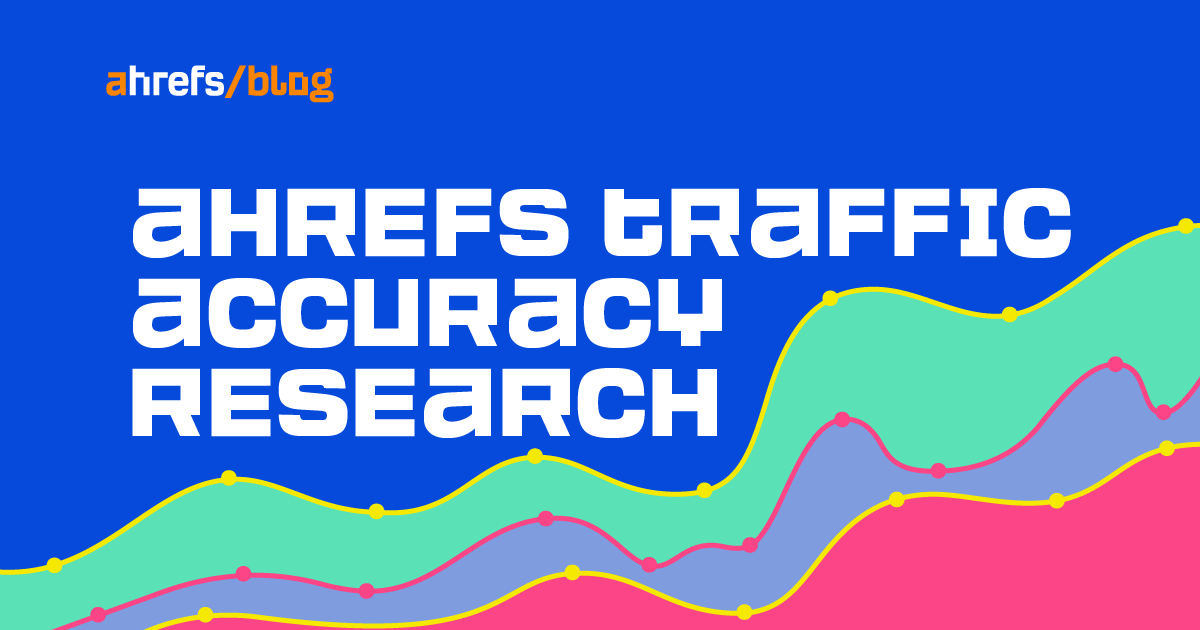E-E-A-T Is the New E-A-T. What the New “E” Means for SEO
So according to Google, some types of content need to be produced with firsthand experience to be trustworthy. Here’s what that means for SEO. No, at least not directly. Nothing has changed here since the original concept...

E-E-A-T (or Double-E-A-T) is a concept used by human quality raters to evaluate Google’s search ranking systems. Originally, it consisted of only three factors (E-A-T). But in December 2022, Google added the criterion of “experience” to the concept. So according to Google, some types of content need to be produced with firsthand experience to be trustworthy. Here’s what that means for SEO. No, at least not directly. Nothing has changed here since the original concept of E-A-T: As a reminder, these guidelines are what are used by our search raters to help evaluate the performance of our various search ranking systems, and they don’t directly influence ranking (source). Google’s general idea here is to reward (rank higher) quality content that comes from trusted sources. So the messenger is at least as important as the message. Experience in the Double-E-A-T means firsthand or life experience in the topic. This means that Google will aim to “reward” pages where the author has actually experienced the topic they are writing about. For example: Regardless of the topic of the page, the most important out of all criteria is the “T,” or trustworthiness. Other criteria, such as expertise, authoritativeness, and experience, are there to help determine whether the page is trustworthy (QRG, page 26). You can think of the other criteria as pillars for establishing trust. Then depending on the topic, other criteria come into play. For some topics, experience may be more important than others. You should consider the purpose, type, and topic of the page, then ask yourself what would make the content creator a trustworthy source in that context (QRG, page 26). For example, a personal travel blog doesn’t have to be written by an expert to be trustworthy. Conversely, a guide on DIY car fixes is more trustworthy when it comes from a car mechanic. It’s worth noting the difference between experience and expertise. Expertise is about knowledge and skills. Naturally, to gain that, you also need experience. But: The original concept of E-A-T was confirmed to concern all topics. With the addition of experience, Google seems to reiterate that by stating, “Experience is valuable for almost any topic” (QRG, page 62). Experience counts for YMYL (Your Money or Your Life) topics too. But this category of topics that Google pays special attention to isn’t reserved for experts. In other words, if personal experience is fundamental for establishing trust on the topic, the author doesn’t have to be an expert. Google provides a handy list of examples to better understand this nuance (QRG, page 28): Here are some ideas on how you can demonstrate firsthand experience in your content. Keep in mind that these are based on an interpretation of Google’s guidelines; you may find other ways too. Let’s take product reviews, for example. Google recently addressed the rash of affiliate websites hosting low-quality product reviews with this document. It basically says that it’s best if the reviews are created by subject matter experts. However, it’s not enough to prove you’re an expert. You need to show evidence of your firsthand experience with the reviewed product. Provide evidence such as visuals, audio, or other links of your own experience with the product, to support your expertise and reinforce the authenticity of your review (source). Here’s an example. Thomas Sanladerer is widely known in the 3D printing industry for his product reviews. But as soon as he stops doing hands-on reviews, he will be a less trustworthy source of product information. And that would be because of the lack of firsthand experience with the product. Instead, Thomas keeps on getting his hands dirty with each reviewed 3D printer. What better evidence to show your personal experience than pictures like these? Even before E-A-T became E-E-A-T, Wirecutter went the extra mile to demonstrate why people can trust its reviews. Similarly, you can lead your content with a note about how it was created. A section like this is the perfect spot for demonstrating firsthand experience. Theoretically, you don’t have to show your experience with the subject each time you write about it. That’s because Google advises quality raters to look at what the author says about themselves. So consider explaining your personal experience with the subject on an “about” page and even link to your social media profiles if they provide additional evidence. Of course, you can do it together with other methods of demonstrating experience. Quality rates are also encouraged to look outside your site for signs of experience (and trust in general). Look for independent reviews, references, news articles, and other sources of credible information about the website or content creators (QRG, page 27). For example, website Best Wallet Hacks features an actual table of contents for press mentions. Imagine comparing that with a completely new blog on the same topic no one has heard about—which is more trustworthy? One of the ways a search engine could infer that information is by following links to a site. After all, Gary Illyes confirmed that links and mentions were substantial for the original E-A-T concept. That probably hasn’t changed with the introduction of experience. I asked Gary about E-A-T. He said it’s largely based on links and mentions on authoritative sites. i.e. if the Washington post mentions you, that’s good. He recommended reading the sections in the QRG on E-A-T as it outlines things well.@methode #Pubcon The fact that the author of the page needs to demonstrate experience doesn’t mean that the owner of the website has to. This means you can still demonstrate experience on topics where you don’t personally have it by inviting guest authors or guest speakers. The addition of experience to the equation opens up the YMYL topics category for creators with personal experience. On the other hand, it raises the bar on topics where this kind of experience is fundamental. In any case, this is another of Google’s attempts at serving more helpful, relevant results by filtering out untrustworthy pages. It’s still all about trust: Finally, there are many aspects of Trust, some which are not captured by Experience, Expertise and Authoritativeness. Please consider other aspects in your overall Trust assessment, such as customer service information for online stores or peer-reviewed publications for academic authors. If a page is untrustworthy for any reason, it has low E-E-A-T (QRG, page 27). If QRGs are trained to identify other signs of trust, so are the ranking systems. So if you can think of other ways to demonstrate your trustworthiness, go ahead. This is also a warning for sites that try to game the system: One piece of evidence for experience won’t cover up other signals of untrustworthiness. On a final note, with the introduction of E-E-A-T, Google has updated the content quality self-assessment guide. SEOs and content creators can use it as a resource for aligning content with E-E-A-T. For example, for publishers employing AI for content generation, Google advises disclosing the use of automation to the reader (Google is not against AI content). But before that, you need to ask yourself whether the use of AI to produce content can be seen by the user as reasonable. Got comments or questions? Ping me on Twitter or Mastodon.


Show evidence of personal experience with the subject matter

Explain how you created the content

Demonstrate your experience on a dedicated page
 A page about the author of blog posts on helping to cope with cancer (a YMYL topic). The author’s bio shows references to personal experience with the illness.
A page about the author of blog posts on helping to cope with cancer (a YMYL topic). The author’s bio shows references to personal experience with the illness.Your reputation counts

If you lack the experience, invite someone who has it
Final thoughts

 BigThink
BigThink 
























.jpg&h=630&w=1200&q=100&v=154b70b92d&c=1)







